Few things are as satisfying as a supermarket rotisserie chicken. When done right, the birds are perfectly cooked and seasoned, the skin is crispy, and they’re ready to take home and serve. However, if there’s one star of the pack, it’s Costco’s rotisserie chicken, which costs just $4.99 and is bigger than many birds you’ll find at other grocery stores.
The deli department mainstay has garnered a cult-like following, with Costco selling more than 100 million of rotisserie chickens since 2020. If you haven’t yet hopped on the bandwagon, you might want to consider getting a Costco membership card and picking one up for dinner—even if only for the sake of being able to participate in the water cooler conversation.
In the meantime, here are some facts about Costco’s rotisserie chicken you’ll want to know before heading over to the warehouse.
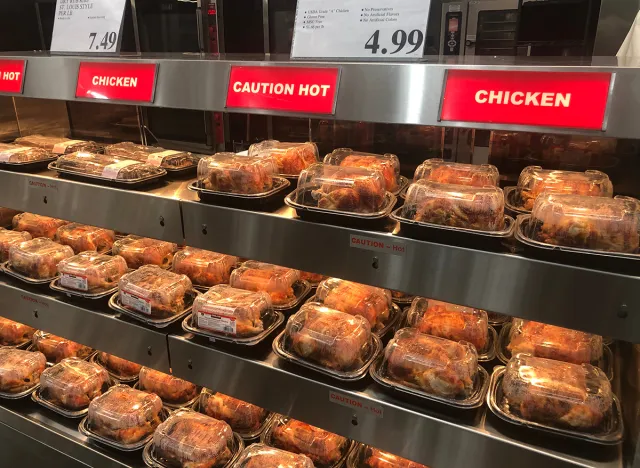
The famous $4.99 bird made its official Costco debut in 1994. Aside from a brief dollar increase in 2008 during the Great Recession, Costco has remained committed to keeping the chicken’s price steady despite ongoing inflation.
During the company’s latest earnings call, Costco Chief Financial Officer Richard Galanti said the warehouse club has kept its rotisserie chicken priced at $4.99 as “an investment in low prices to drive membership, to drive sales in a big way.”
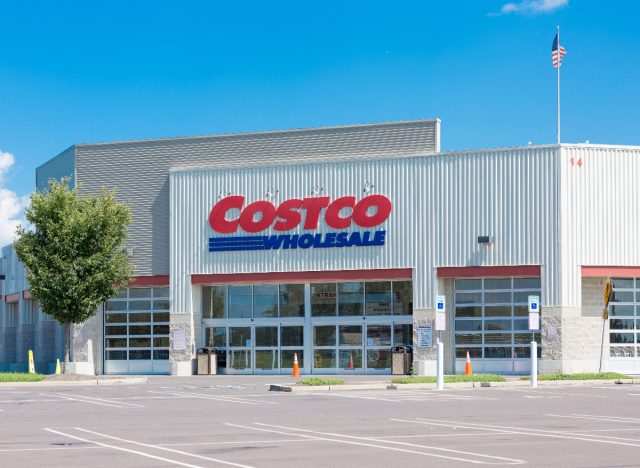
Costco’s rotisserie chicken is reportedly a “loss leader”—a product sold below its actual market value to attract customers to the store, where it’s hoped they will purchase other profitable items.
In 2015, Galanti said, “When others were raising their chicken prices from $4.99 to $5.99, we were willing to eat, if you will, $30 to $40 million a year in gross margin by keeping it at $4.99.” However, in 2019, Jeff Lyons, Costco’s senior vice president of fresh foods, declined to tell CNN whether the retailer still loses money on its rotisserie chickens.
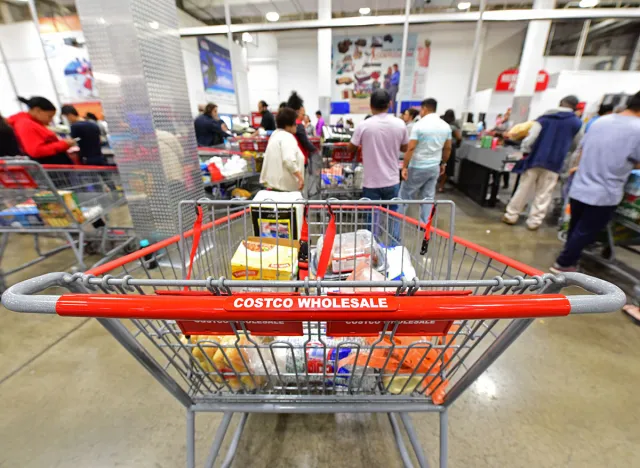
The popularity of Costco’s famous bird only continues to grow. During fiscal year 2010, Costco sold 51 million rotisserie chickens. Since 2020, the big-box retailer has sold more than 100 million rotisserie chickens yearly. In January, Costco reported that it sold 117 million in 2022. This is around 11 million more chickens than in 2021—an increase of about 10%.
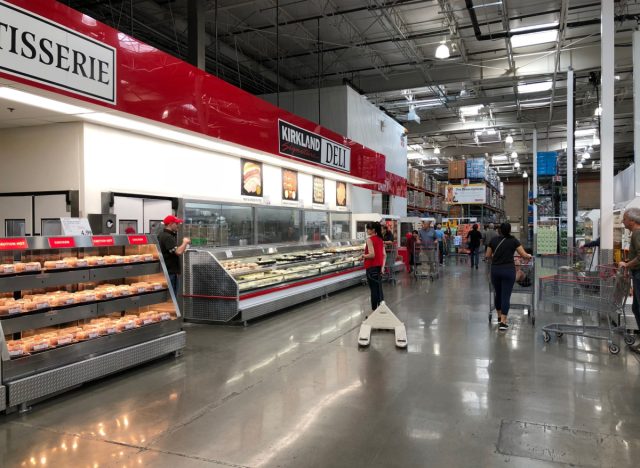
You don’t have to visit every Costco in America to know that you’ll always find the rotisserie chicken in the back of the warehouse. That’s because its placement is a corporate strategy.
The idea is that as customers make their way to the back of the store for the rotisserie chicken, they will pass through several aisles, picking up plenty of other more expensive items along the way.
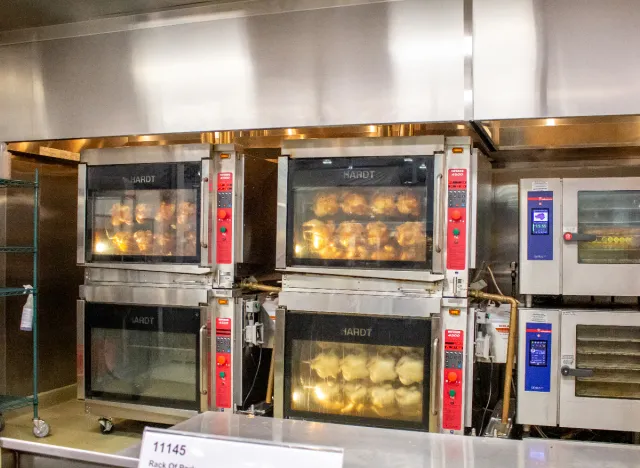
Theoretically, the cheapest way to buy chicken is by picking up the whole uncooked bird because you won’t be paying for someone to cut it into parts, or prepare it, or cook it. However, that’s not true at Costco, where the rotisserie chickens are actually cheaper than whole, uncooked birds.
A whole raw organic chicken at the warehouse can weigh as much as five pounds. Recently priced at $2.99 per pound, that works out to almost three times as much as the pre-cooked bird!
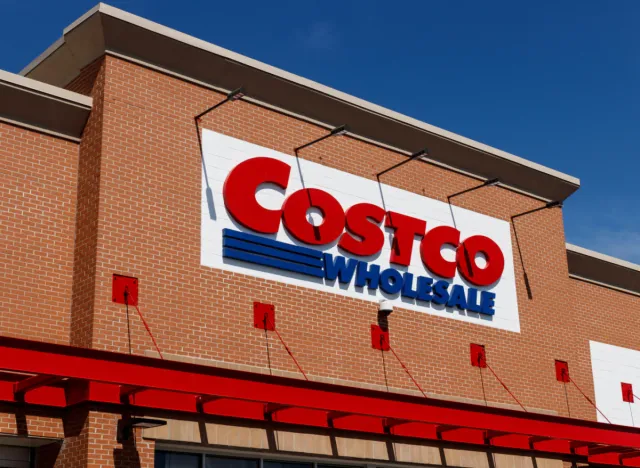
While the rotisserie birds you might find at a supermarket typically weigh around two pounds, Costco’s birds clock in at around three pounds. You might even bring home a bird that’s more than three pounds, making the $4.99 price point an even bigger bargain. Just don’t expect a bird that weighs more than six pounds because those won’t fit on the rotisserie spits.
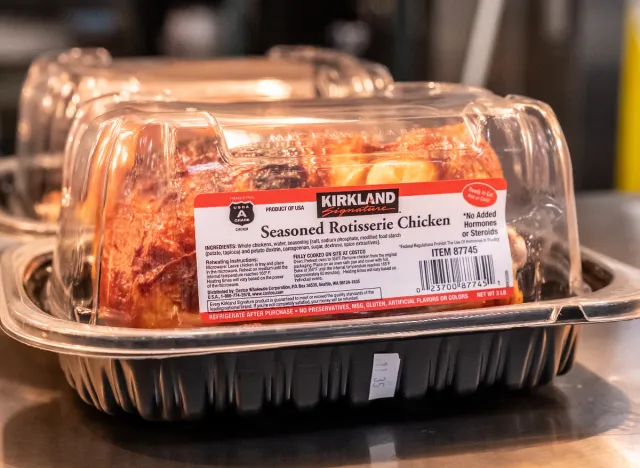
According to the label, Costco’s rotisserie chicken is made with 10 ingredients: whole chicken, water, and seasonings (salt, sodium phosphate, modified food starch, potato dextrin, carrageenan, sugar, dextrose, spice extractives).
If you’re hoping to find out what exact spices are used in the chicken’s seasoning, you’re out of luck. Costco has yet to share which ones are included in the “spice extractives.”
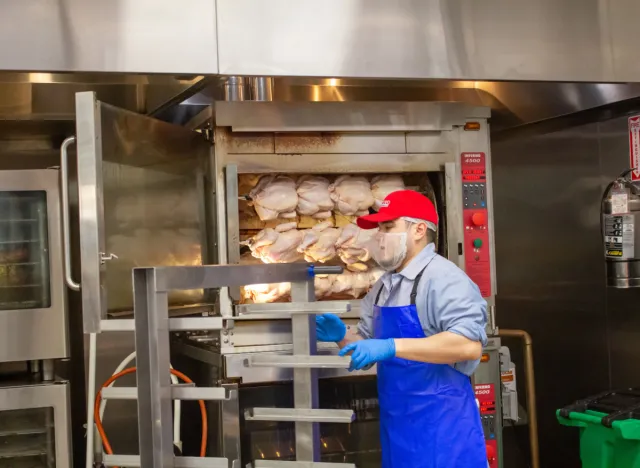
In case you’re concerned about Costco running out of its rotisserie chickens before you can make your way to the back of the store, we’ve got it on good authority that when you hear the bell ringing from the Costco deli, it means a fresh batch is ready. Now go—before the other shoppers beat you to it!
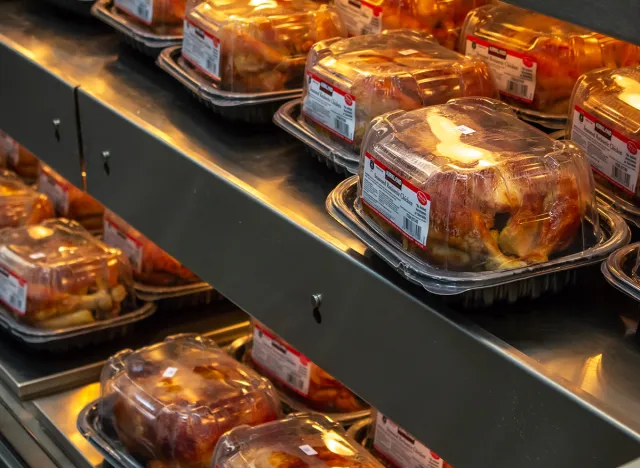
Unlike some rotisserie chickens that have flour to help the skin crisp up, Costco proudly labels its rotisserie chickens “gluten-free,” which is great for customers who may have a gluten sensitivity.
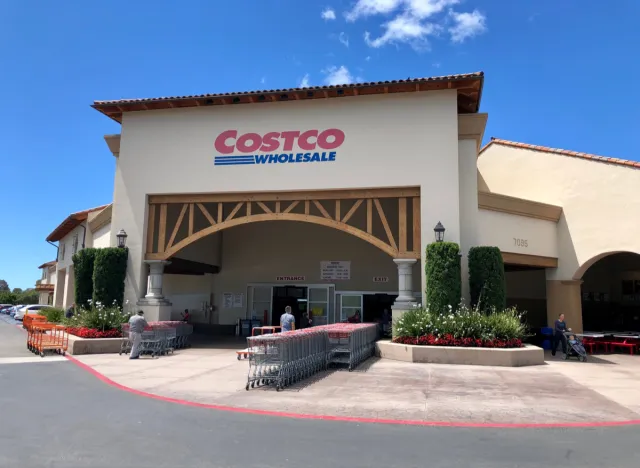
In an effort to keep the price of its chicken low, Costco purchased a 400,000-square-foot poultry processing plant in Fremont, Neb., for $450 million in October 2019. According to CNN, the retailer said bringing production in-house will save the company up to 35 cents per bird, with Costco aiming to process about two million birds per week. This move marked Costco becoming the first retailer to control its entire chicken supply chain.
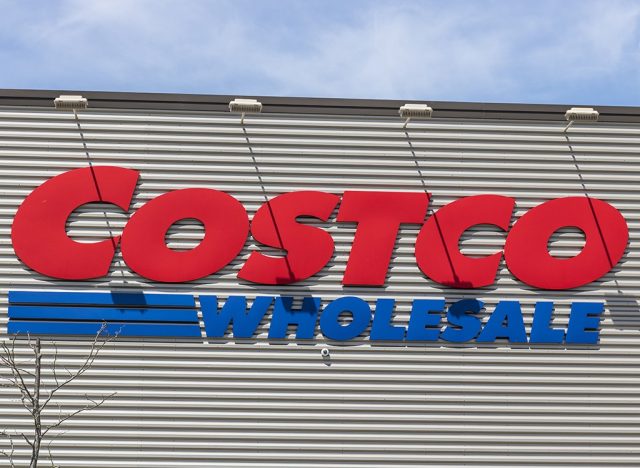
Although Costco positioned the opening of its poultry plant as a socially responsible move, it’s also faced plenty of backlash and environmental concerns, one being water contamination from farm runoff.
Additionally, last June, Costco was sued by two shareholders who claimed that the company violated livestock welfare laws. The lawsuit, which cited a 2021 hidden-camera investigation by Los Angeles-based animal rights group Mercy for Animals, alleged that “Costco knowingly propagates chickens that are bred to grow so fast that many of them cannot stand under their own weight.” The complaint added, “Costco then sends millions of these fast-growing birds to dirty, crowded, factory farms, run by inexperienced contract growers who Costco recruited and trained. There, disabled birds slowly die from hunger, thirst, injury, and illness.”
Activists have launched a petition drive, asking Costco to adopt better chicken welfare standards, which has received over 128,000 signatures so far.

The rotisserie chicken was the center of yet another controversy back in January when chef, restaurateur, and television personality David Chang roasted the popular item in an episode of his podcast “The David Chang Show.”
“I got a hot take—I think the Costco chicken is the worst rotisserie chicken,” he said. “They’re not good. They’re not seasoned.” He added, “The reason why it’s important to have it properly seasoned is, you might eat it the next day cold—and it’s gotta taste good cold. And there’s something about all the nitrates and all the crap they pump into that chicken that makes that chicken breast even more disgusting the next day when it’s cold… It’s inedible. It really is.”
Chang isn’t the only one criticizing the Costco chicken lately. Many others have complained about the taste on Reddit, too.
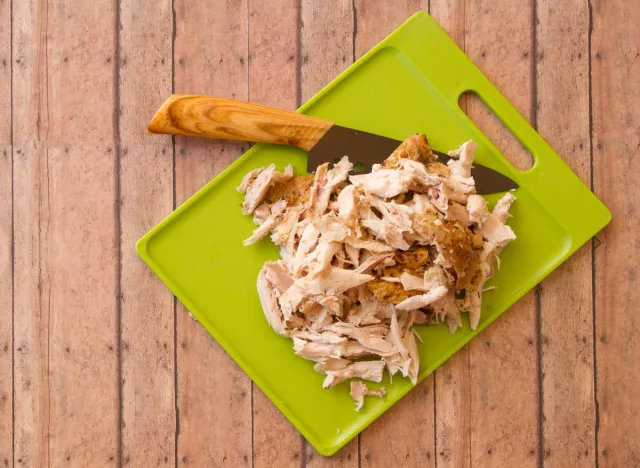
Whether you like to shred your rotisserie chicken into quesadillas, add it to homemade chicken noodle, or eat it straight off the bones, Costco’s rotisserie chicken has mealtime covered. For some additional recipe inspiration, check out these 17 Healthy, Easy Meals You Can Make With a Costco Rotisserie Chicken.
A version of this story was originally published in December 2019. It has been updated to include new information.


